The Roman Villa Borg is a reconstructed Roman villa located near the village of Borg in Saarland, Germany. At the end of the 19th century, a local school teacher discovered the ruins of a grand Roman countryside villa (villa rustica) which consisted of three wings covering an area of more than 7.5 hectares. The complex was excavated in the late 1980s, and a plan to reconstruct an authentic representation of the buildings as they originally appeared in the 2nd and 3rd centuries AD began in 1994. The project was completed in 2008, although further excavation is still underway.
Coordinates: 49° 29′ 47″ N, 6° 27′ 29″ E
The site consisted of an agricultural facility, including a large palatial residence or pars urbana and a pars rustica or economic area. The reconstruction of the Roman villa rustica was based on the local findings and excavation work at similar sites in the Saar region, such as the villa at Echternach in Luxembourg. The reconstructed buildings now stand on the Roman foundation walls, revealing their probable appearance in the 2nd to 3rd centuries AD. Today, the archaeological park functions as an open-air museum and provides a detailed impression of what life was like back then in the countryside.
The reconstructed buildings comprise the baths, which are fully functional and consist of a frigidarium (cold bath), caldarium (hot bath) and tepidarium (tempered bath) together with latrines and a dressing room (apodyterium); the main building with large reception hall and several adjacent rooms in which the most important finds from the site and replicas (see here) are displayed; a Roman kitchen; a residential building.
A tavern in one of the wings, which was not part of the original villa, serves food and drinks based on ancient Roman recipes. The Villa Borg also produces its own Roman bread, which you can buy at the tavern. The bread is baked inside the reconstructed Roman kitchen (culina).
In 2000 the villa complex was expanded in the wake of the EU project “Gardens without Limits“. Six gardens were created on the complex site: the courtyard garden, the herb garden, the rose room, the fruit garden, the vegetable garden and the flower garden. The fruits, vegetables and herbs are used to prepare the Roman and regional dishes in the Tavern.
Only the pars dominica, the residential area exclusive to the master (dominus) and his family, has been excavated. Excavation work is currently being carried out in the area of the pars rustica, the space reserved for servants and workers of the farm.
PORTFOLIO
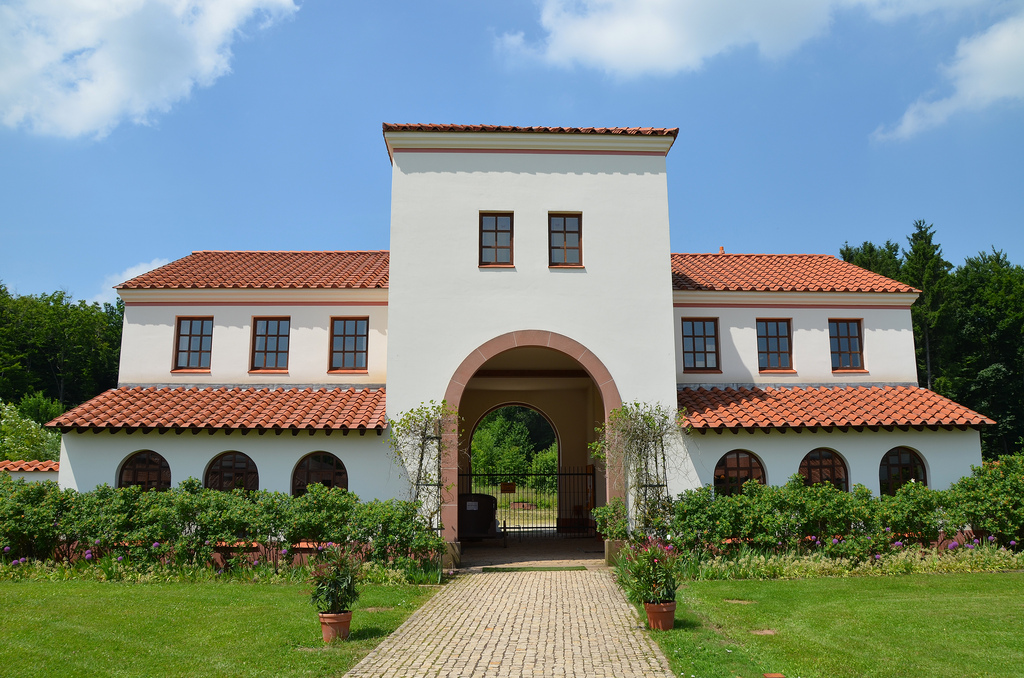

contemporary requirements and accommodates the ticket
office, museum shop and administrative offices.



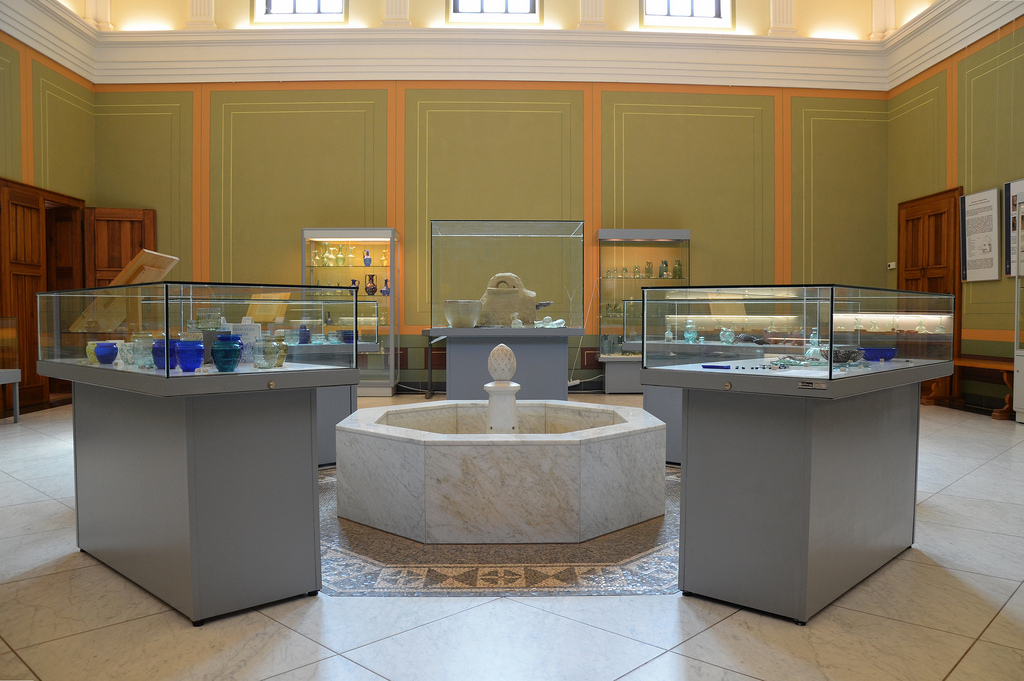

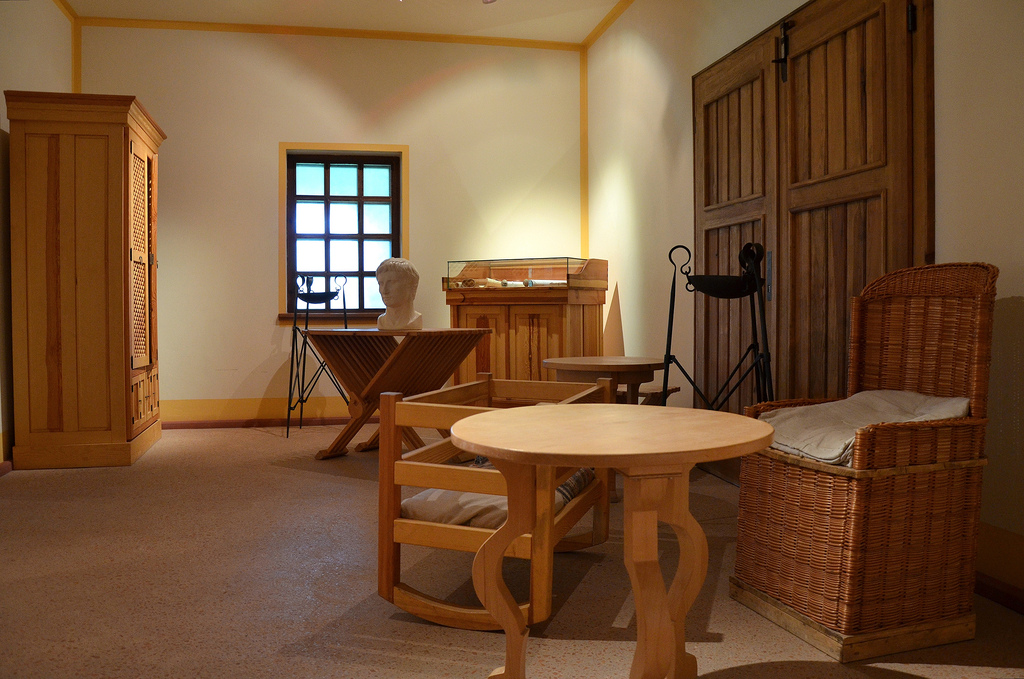

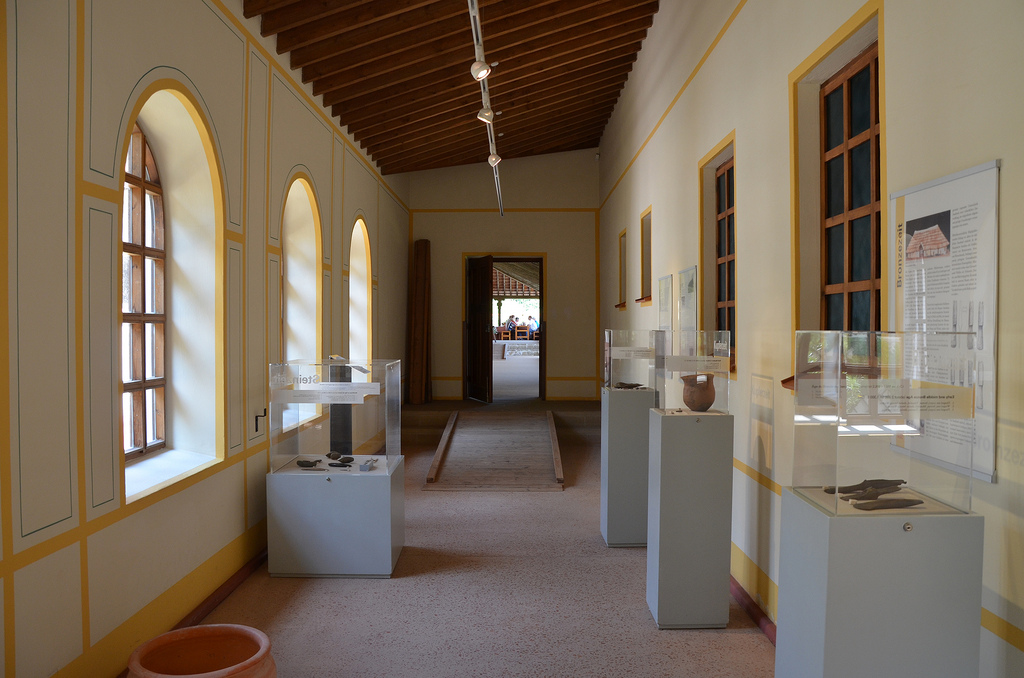

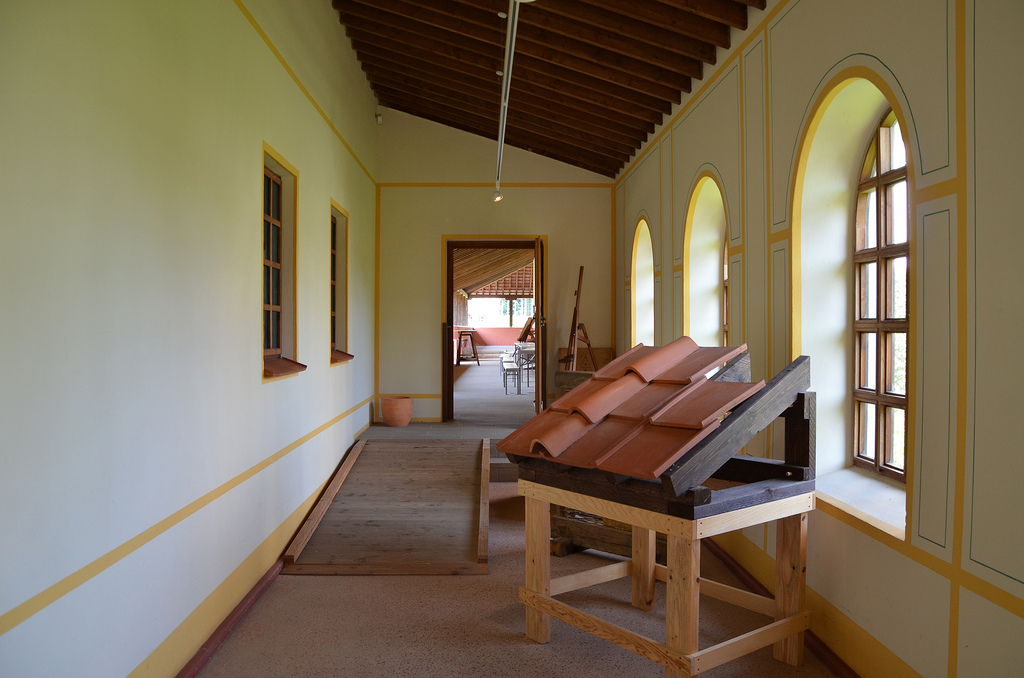
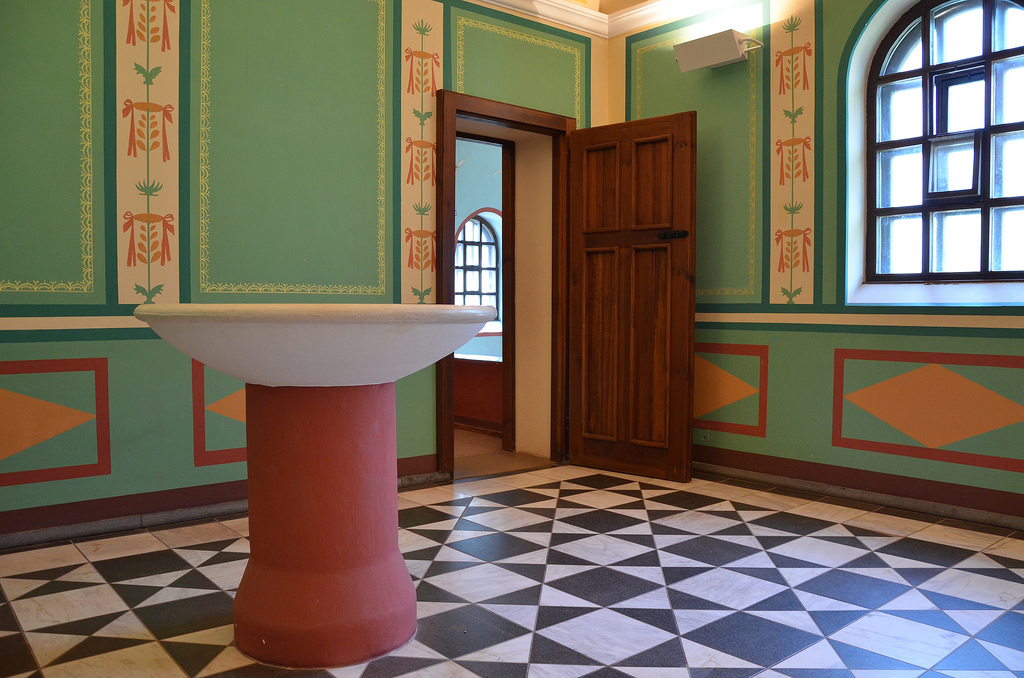


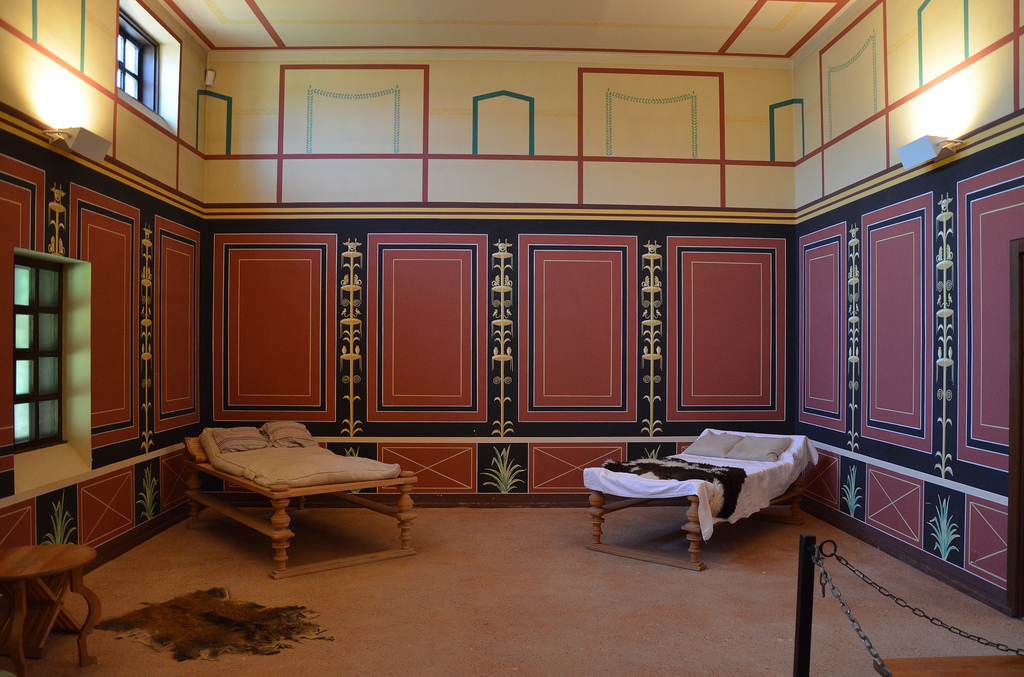
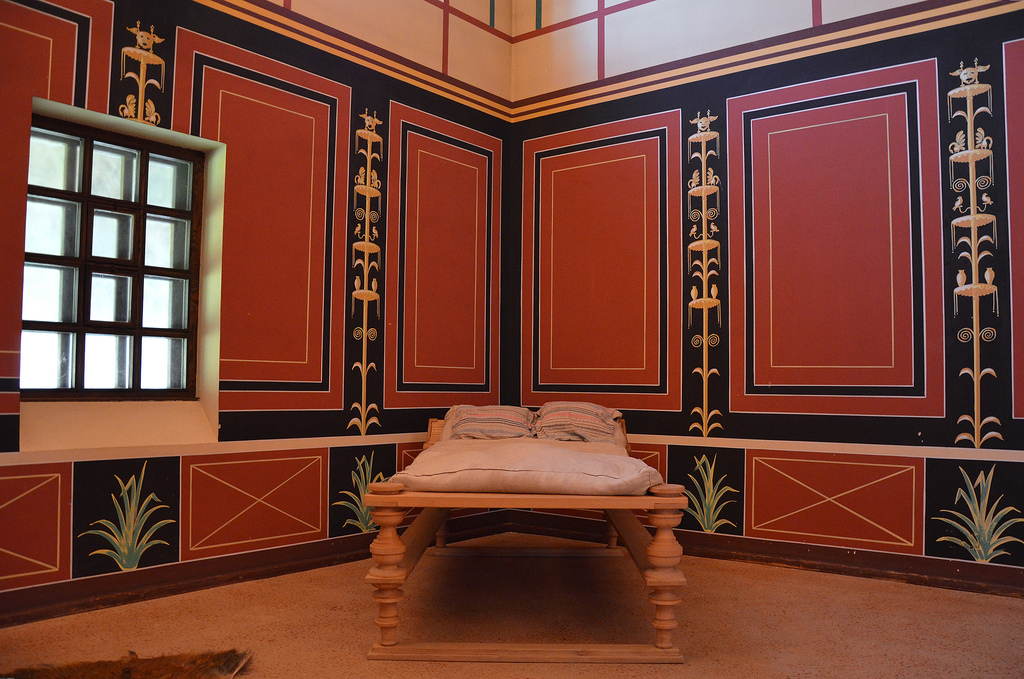


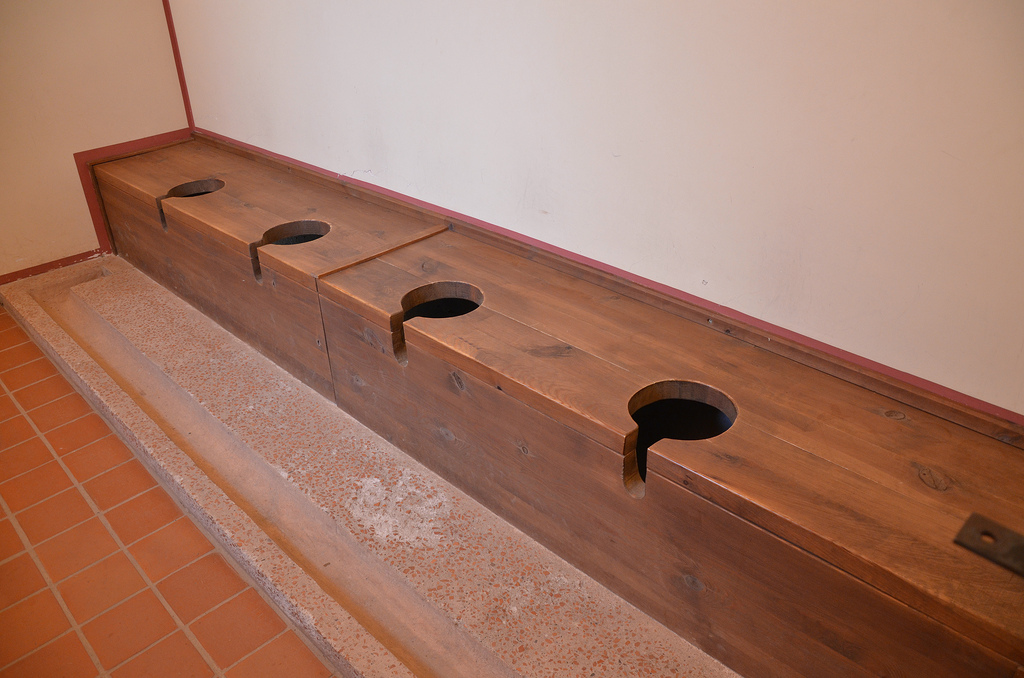

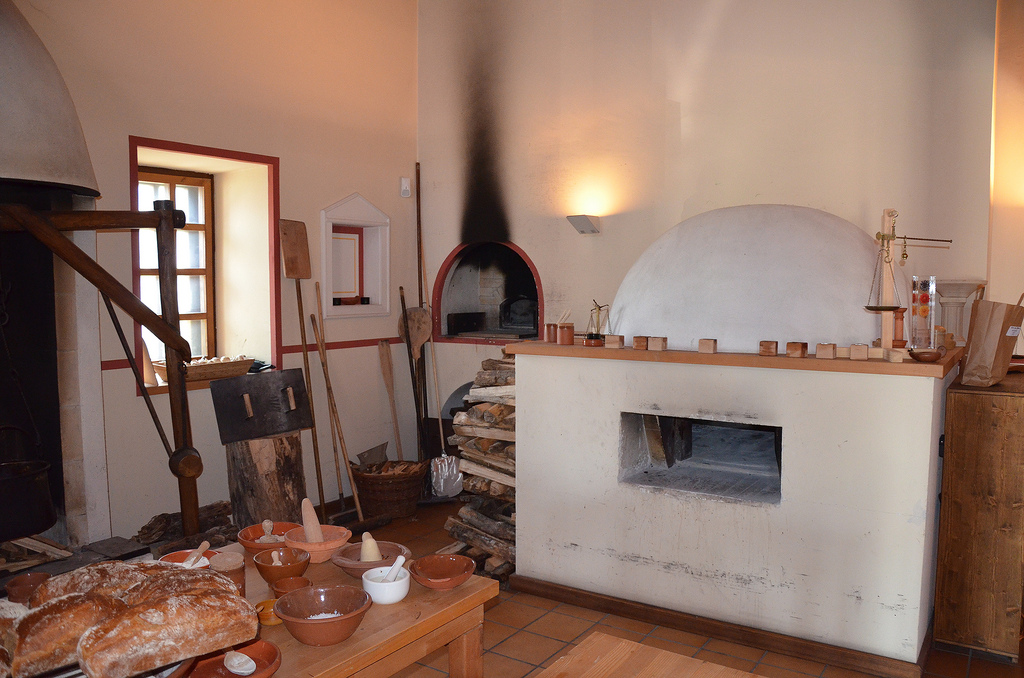




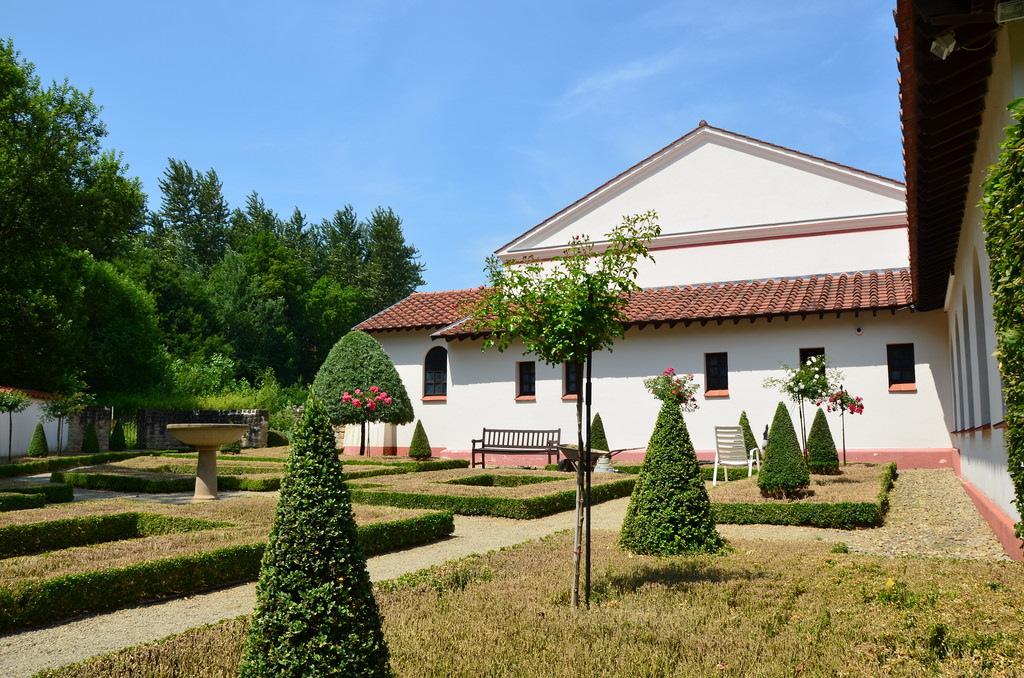

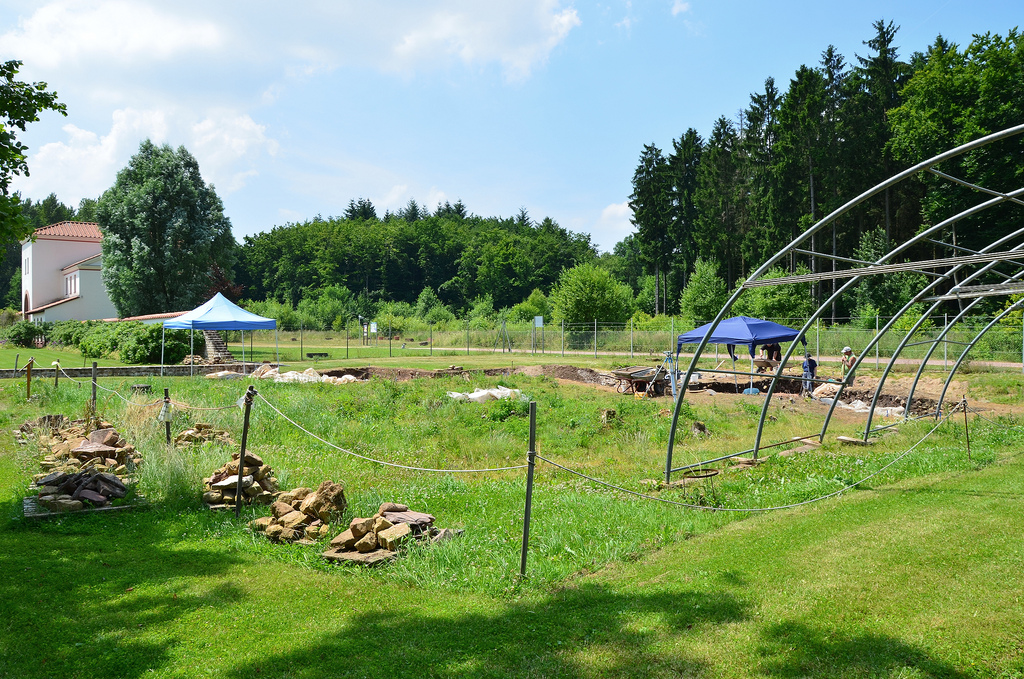

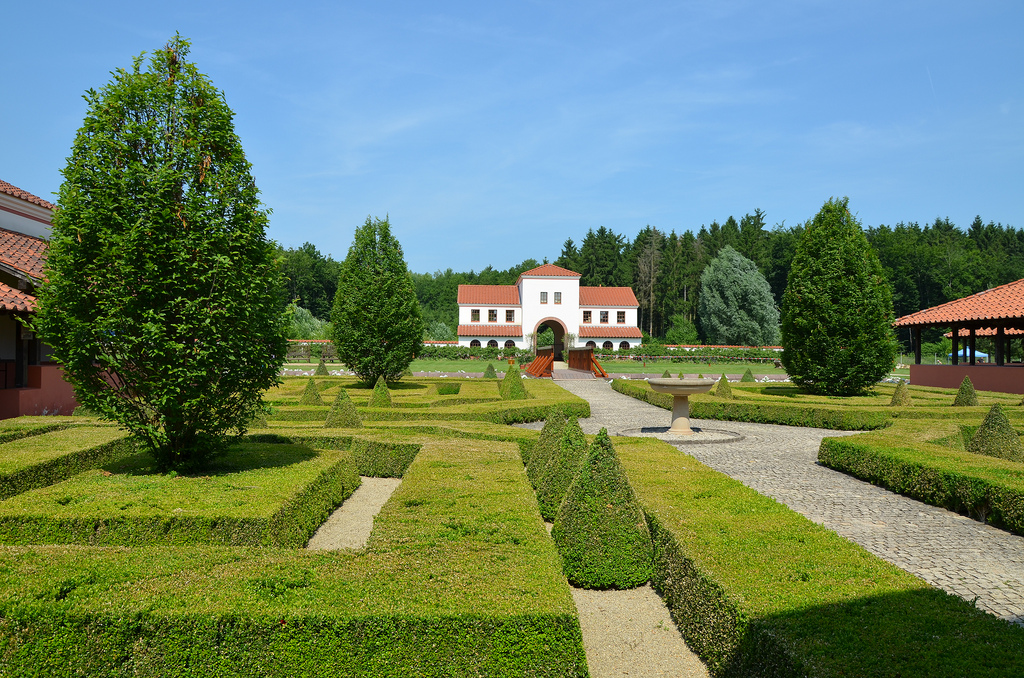
 The Saarland and Mosel Valley’s ancient Roman heritage has a lot to offer to tourists and scholars alike. More than 120 antique sights along the Moselle and the Saar rivers, the Saarland and Luxembourg are testaments to the Gallo-Roman era north of the Alps (further information here).
The Saarland and Mosel Valley’s ancient Roman heritage has a lot to offer to tourists and scholars alike. More than 120 antique sights along the Moselle and the Saar rivers, the Saarland and Luxembourg are testaments to the Gallo-Roman era north of the Alps (further information here).
Visiting the Roman Villa Borg: The villa is open from Tuesday to Sunday from 10am to 6pm from April to October and from 11am to 4pm from February to March and November. The site is closed on Mondays and in December and January.
Website: http://www.villa-borg.de
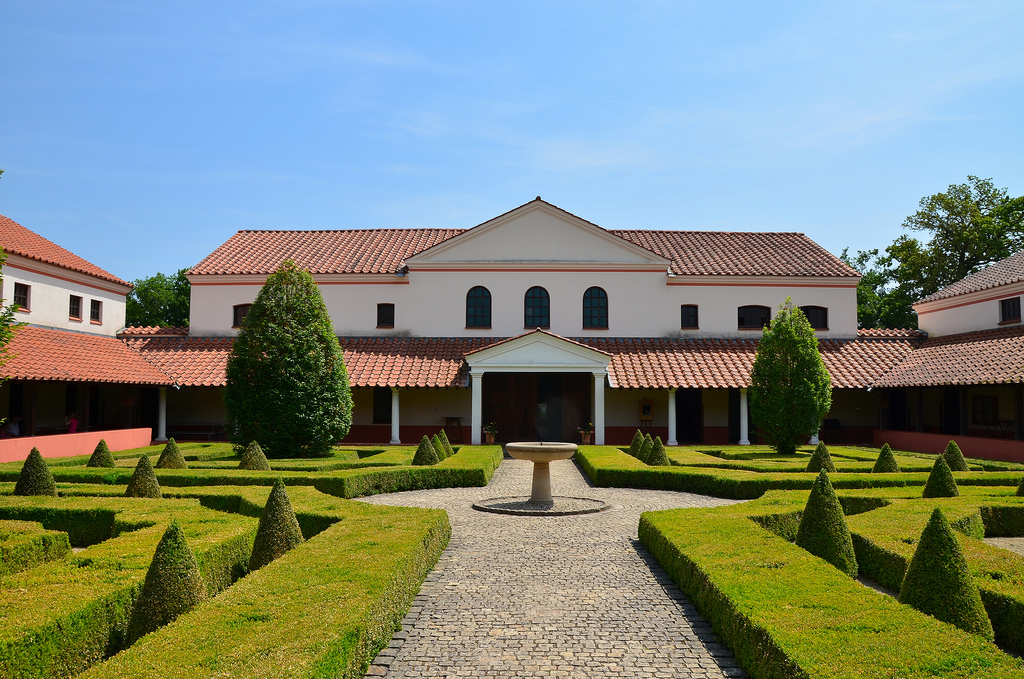
Pingback: Annum novum faustum felicem vobis! | FOLLOWING HADRIAN
Absolutely fascinating! For years I’ve followed various sites of Roman villa around the world. To me it seems that even in my lifetime many of these sites have visibly deteriorated. Eventually many of these, even if it takes hundreds of years will eventually crumble into dust. I’ve wondered if the best way to preserve them would be to rebuild them as this site has been done. Who knows?
LikeLike